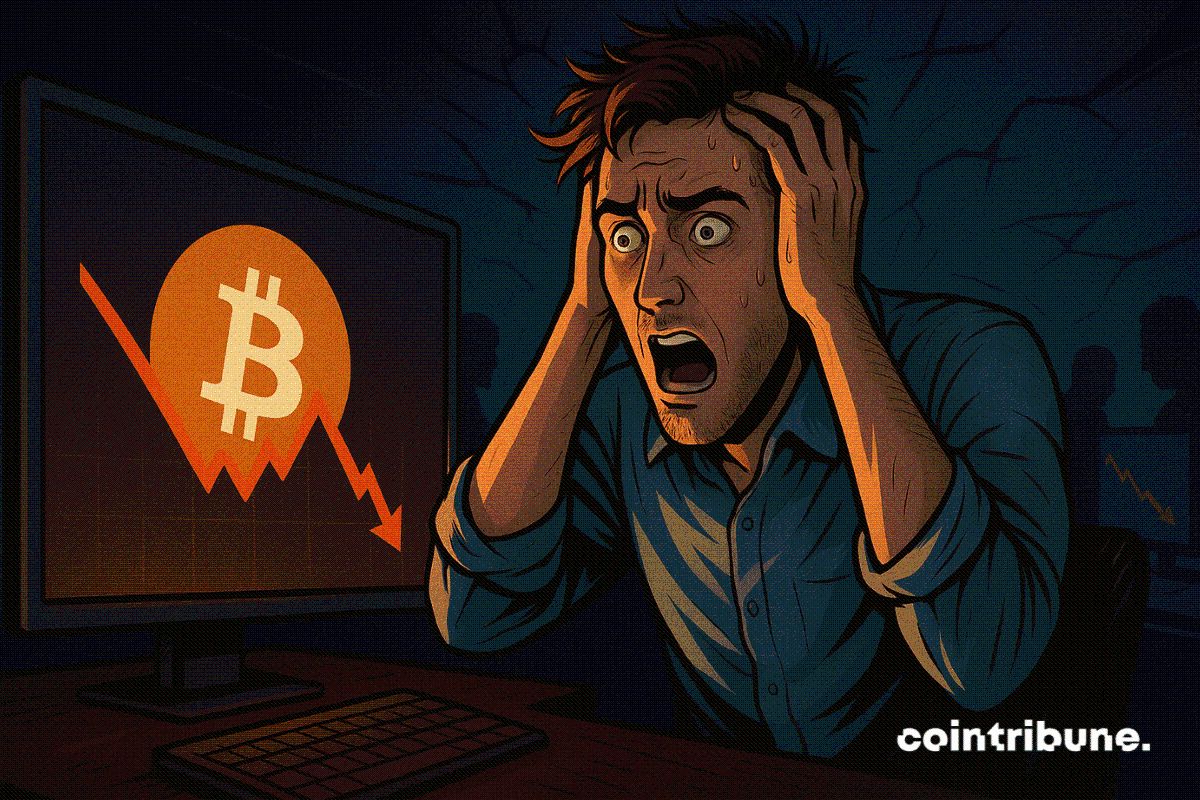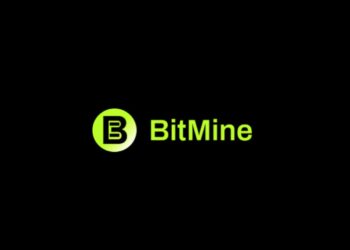[Long English Thread] Has the bottom signal for SOL already appeared?
Chainfeeds Guide:
Solana embodies the spirit of ruggedness, experimentation, and aggressive capitalism in the crypto world; it is the ultimate battleground for validating product-market fit.
Source:
blocmates.
Opinion:
blocmates.: Solana in Q3 2025 presents a “dual narrative”: on the surface, due to the “meme tide receding,” on-chain activity has dropped significantly, and user trading dominance has been eroded by competing chains; but beneath this surface downturn, Solana’s underlying fundamentals have become even more solid. The core team continues to deliver the industry’s most aggressive technical roadmap, with multiple infrastructure upgrades concentrated in Q3, TVL growing by over 26% quarter-on-quarter, and stablecoin supply nearly tripling since the beginning of the year. Key technical upgrades this quarter cover three directions: first, a major overhaul of the core engine (consensus and client), including Alpenglow, Firedancer, and others to improve performance, throughput, node diversity, and client security; second, the network “highway” (throughput and efficiency), by improving block space, transaction size limits, and congestion control, enabling the network to truly support institutional-grade trading and real-time applications; third, the “destination layer,” i.e., new features for direct developer and user interaction, including privacy, ZK, decentralization improvements, and stronger DeFi module capabilities. Alpenglow reduces finality time to 150ms, comparable to Binance and Aptos; Firedancer TPS exceeds one million, far surpassing ETH and mainstream L2s; fee optimizations make on-chain microtransactions, gaming, and HFT experiences smoother; privacy and ZK provide a gateway for RWA and institutional compliance. Q3’s landmark stress test came from Pump.fun: $500M raised on-chain in 12 minutes, DEX operated normally, while several CEXs experienced outages due to API delays. This event sent a strong signal: decentralized infrastructure has begun to surpass centralized exchanges in certain extreme scenarios. Although Solana was impacted by the meme market downturn in terms of transaction fee revenue and user activity, its stablecoin narrative rebounded strongly. Ethereum and Tron still dominate the global stablecoin market, but Solana is gradually attracting more issuers and institutions with its “fast, cheap, strong DeFi,” with stablecoin supply nearly tripling around Q3. Innovative stablecoin projects within the ecosystem are also weakening USDC’s absolute dominance. On the application layer, Q3’s TVL growth mainly came from staking products, with Binance, Bybit, and Sanctum all recording over 50% quarterly increases. In contrast, DEX, DeFi, and infrastructure saw growth but still lagged behind SOL price increases, indicating a net outflow trend when measured in SOL. Among DEXs, Orca has the highest TVL utilization efficiency, with the highest transaction volume per unit of liquidity; meanwhile, high-frequency trading users on platforms like Photon and Axiom have significantly increased average gas consumption, but regular users can still maintain a “few cents a day” usage experience. Compared with Base, BSC, and Arbitrum, Solana saw a slowdown in user growth in Q3, but remains competitive in TVL and institutional attention. On the investment side, VC bets on Solana focus on high-frequency trading infrastructure, prediction markets, institutional-grade contract trading, and stablecoin protocols. For example, Raiku (real-time liquidity coordination), Bulktrade (institutional-grade perp), Melee (prediction market), and Hylo (over-collateralized stablecoin) have all received funding from well-known funds. In addition, Solana DAT (Digital Asset Treasury) raised about $4.25 billion in Q3, with Forward Industries acquiring 14.5 million SOL in a single project, accounting for about 2.3% of circulating supply. Although DAT is also affected by net asset value compression, overall ecosystem capital inflow remains strong. Solana in Q3 had both breakthroughs and burdens. Highlights include Titan surpassing traditional aggregators with higher-precision aggregation algorithms; DefiTuna implementing on-chain native limit orders and 5x LP leverage in AMMs; xStocks tokenizing traditional stock equity, achieving $800 million in trading volume in Q3 and capturing about 60% market share; Pump.fun introducing a $100 million buyback and relaunching live streaming after sell pressure; MetaDAO reshaping project governance with ownership tokens and futarchy mechanisms. On the other hand, Solana faces “brand risk”: although it has long been a testing ground for crypto labs, cutting-edge applications, and trading bots, in this cycle its narrative has been eroded by many fronts — trading volume on high-performance chains has migrated to application chains like Hyperliquid; Base has captured the consumer application narrative; new stablecoin chains (Tempo, Plasma, Arc, etc.) are continually eroding the advantages of ETH and Tron. The core challenge is: will Solana be permanently labeled as a “casino chain”? While Pump has created explosive revenue and users, it may also reinforce this stereotype. Solana’s future depends on whether it can continue to launch new narratives and breakthroughs, such as Pump’s streaming model, MetaDAO’s non-ruggability, or more advanced high-performance order book systems. Despite short-term impacts from the meme season downturn, Solana’s fundamentals and developer energy remain solid, and competing chains have not truly shaken its position as Solana did to Ethereum in the previous cycle. Solana is now “fast enough,” with a large and ever-expanding application ecosystem. Performance, low latency, and excellent UX remain its biggest moats. We believe Solana will continue to firmly occupy the top tier of general-purpose chains, and even if some trading migrates to application chains, it will still be the most vital high
Disclaimer: The content of this article solely reflects the author's opinion and does not represent the platform in any capacity. This article is not intended to serve as a reference for making investment decisions.
You may also like
When traditional financial markets fail, will the crypto industry become a "pressure relief valve" for liquidity?
As long as the system continues to recycle debt into asset bubbles, we will not see a true recovery—only a slow stagnation masked by rising nominal figures.

A Quiet End to 2025 Could Prime Crypto for a 2026 Breakout, Analysts Say

Bitcoin falls below $100,000, crypto market under pressure

BitMine Appoints Chi Tsang as CEO, Expands Board with Three Independent Directors

